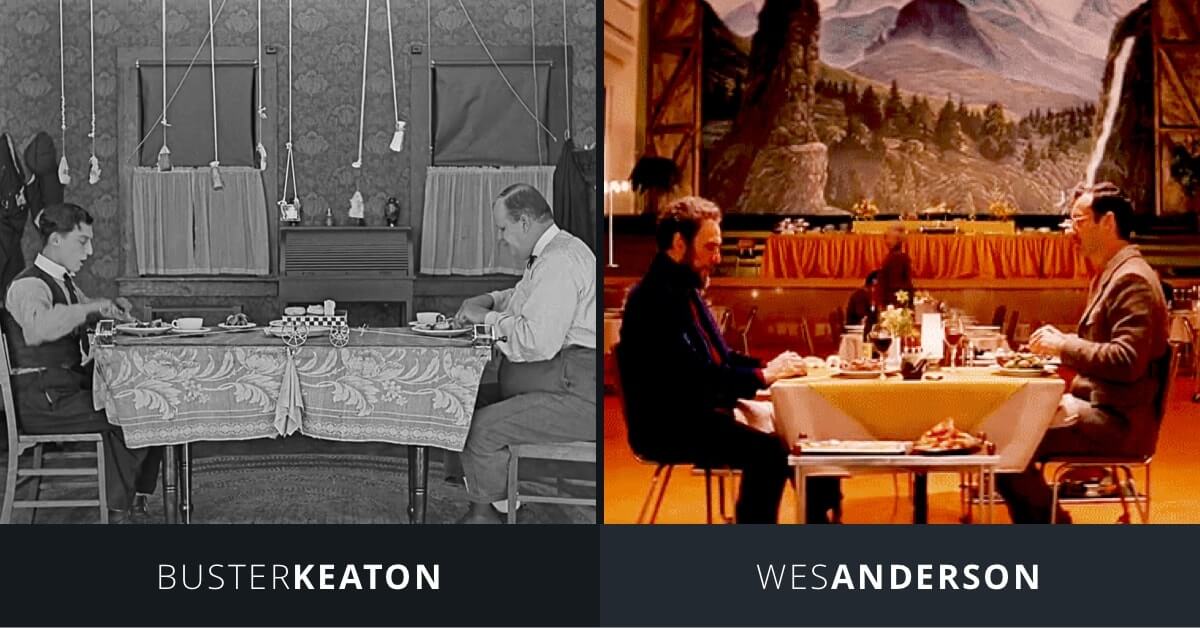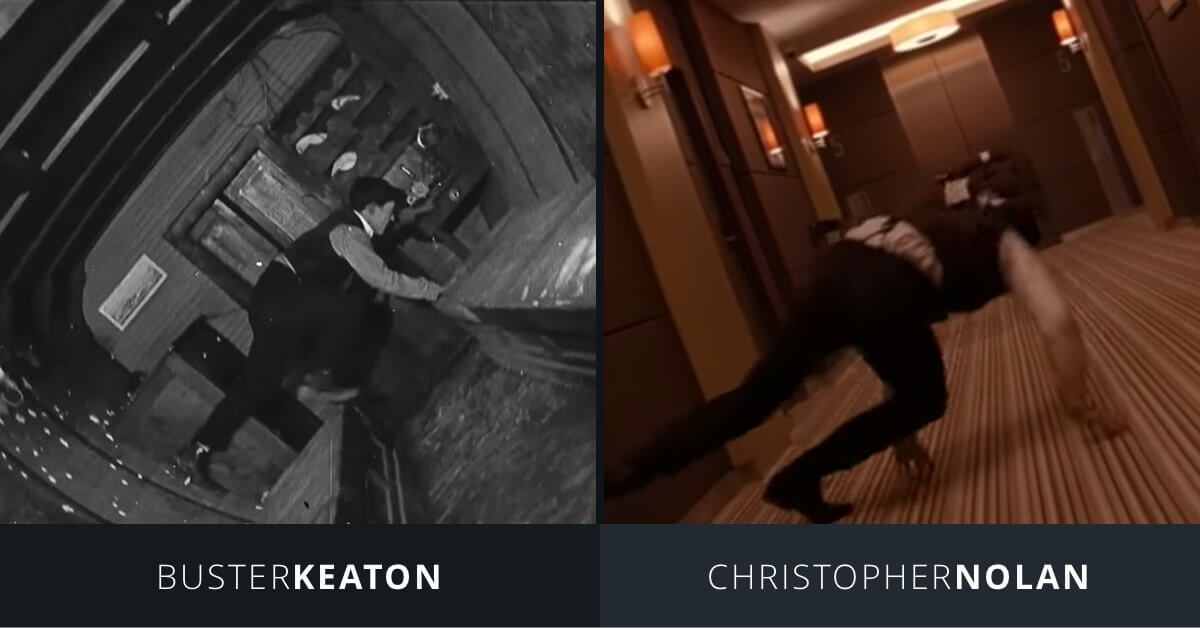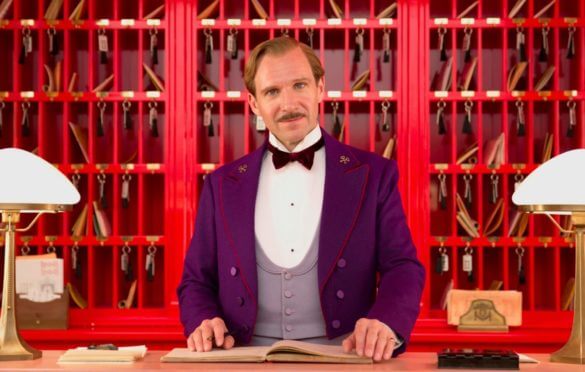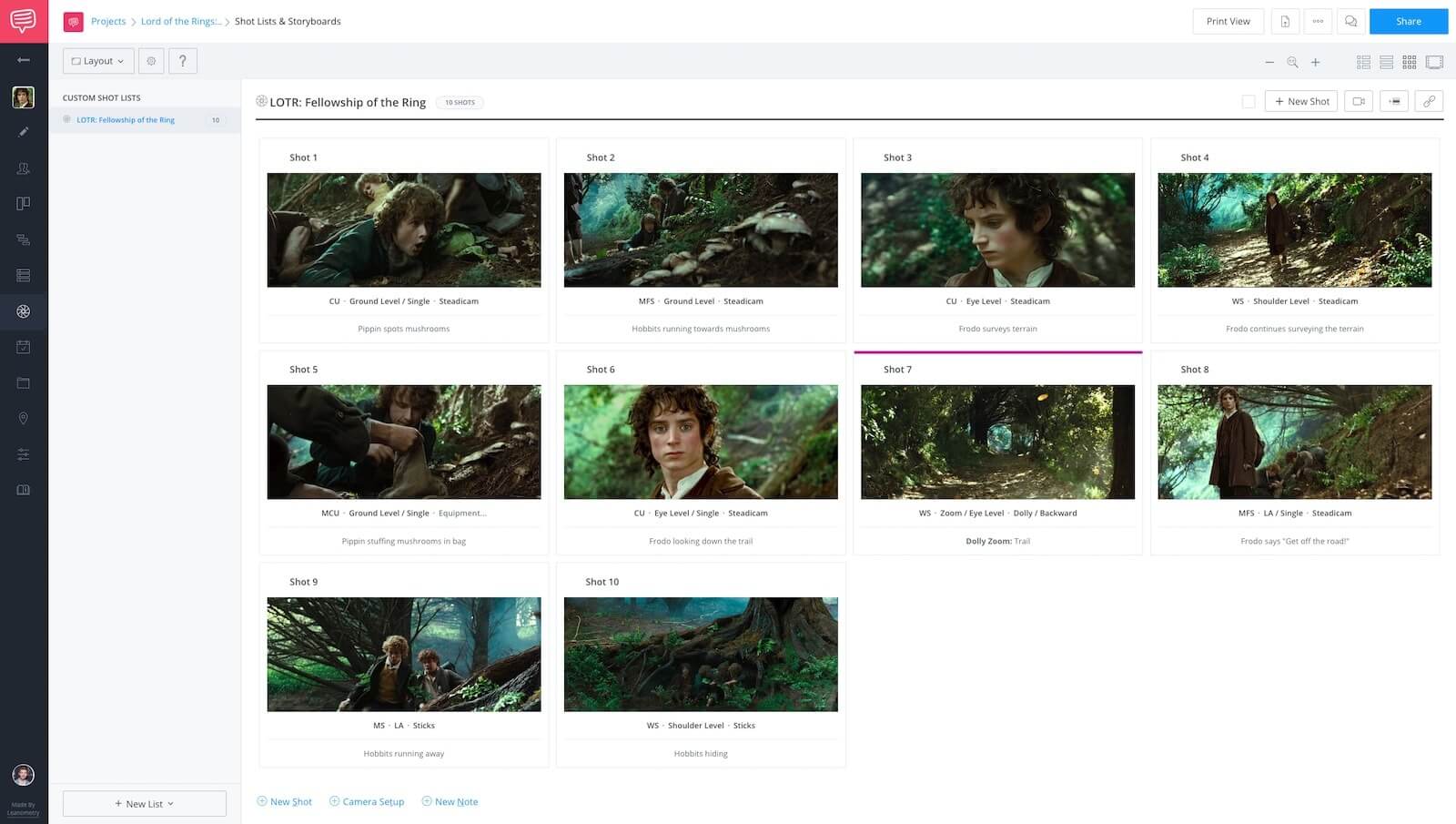Film blocking is arguably one of the most important things a Director must do on set. Think of it as a carefully choreographed dance where the camera and subject move together in harmony.
We’ll explore how the film blocking techniques of Buster Keaton inspired modern directors like Wes Anderson, Christopher Nolan, and others to see how they apply to our own work.
Action over dialogue
1. Let visuals speak for themselves
Buster Keaton famously disliked using dialogue inserts in his films.

He preferred, instead, to let the visuals speak for themselves with the use of film blocking techniques. The same is true today with over-exposition.
It’s often more immersive to show plot points or backstory visually, rather than having characters speak it.
That means both with camera work and performance blocking. Check out this video to see how you can block your fight scenes.
How to blocking is used for a fight scene
Your script might not spell out each move of your blocking scheme because often that is most likely something the director will want to do.
When creating your shot list, think about the blocking before you decide on your shot and camera placement. You can often make a single camera placement seem like a huge shot based all around the blocking.
This scene in The Fellowship of the Ring has some great camera work, sound design, etc. But, it also has some really great blocking...
A short cut to mushrooms
Notice how most of the Hobbits are on the ground while Frodo is standing?
The reason we chose to show you this scene is because there isn't a lot of actor movement, but that doesn't mean the blocking is non existent.
For example, take a look at the clip below from Raiders of the Lost Ark.
Watch the scene once with the volume muted.
Then watch it again with the volume up.
Notice how much of the scene you were able to decipher from body language.
Now watch the clip from Dr. No. Notice how difficult it is to gain a clear understanding without hearing the dialogue.
Camera placement
2. Camera placement defines a scene
Keaton believed that visual gags worked best from a particular angle.
If you change the angle, you have to change the gag.
This is true not only of gags, but any scene.
By comparison, look at this fight scene from The Protector and Old Boy with the volume muted. Unlike the frequent cutting in the Guardians clip, these scene are allowed to play out in long take. And I think they’re stronger for it.
The deliberate camera placement works in harmony with the stunts to create a more captivating effect.
Blocking is just as important as camera movement - maybe even more.
It is also much easier to move actors around than it is to move your camera.
CONSISTENCY
3. Create blocking "rules"
A film can set the blocking rules of its universe in anyway it likes.
For example, Keaton's world was flat. If the camera didn't see it, the characters didn't. It enabled him to throw logic away to maximize the effect of the visual gag.

In Young Frankenstein, whenever anyone utters Frau Blücher's name, horses whinny in fear.
It's not a blocking rule per se; more a motif. But Mel Brooks established the rule, and then repeated it until ti was normalized for comic effect.
As an exercise, imagine if Brookes did enhance the gag by incorporating a repeated staging motif every time Frau's name was uttered.
Frau Blucher
Unique rules tend to become iconic just like bullet-time in The Matrix, or the Escheresque cityscapes in Inception.
Bendy buildings halfway through
Or the otherworld in Dr. Strange...
Dr. Strange established rules and stuck to them
Or the flattened world of Wes Anderson.
Anderson blocks his talent with a symmetrical awareness of the frame. He's defined this rule so thoroughly across his work that the blocking practically defines itself; the staging must serve the flat aesthetic.
Blocking follows a rule
Up Next
How to create powerful opening shots
Have any other suggestions for telling a story visually with the use of film blocking techniques?
Let us know in the comments below!
If you’d like to learn more about how to use visuals to create more impactful scenes, check out our article on powerful opening shots.
Up Next: How to Create a Powerful Opening Shot →
Showcase your vision with elegant shot lists and storyboards.
Create robust and customizable shot lists. Upload images to make storyboards and slideshows.

